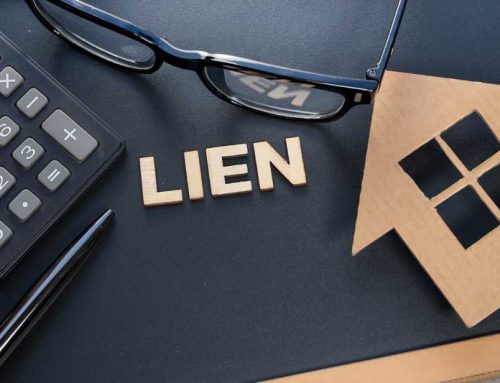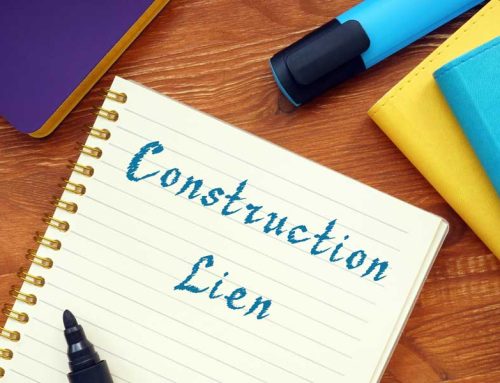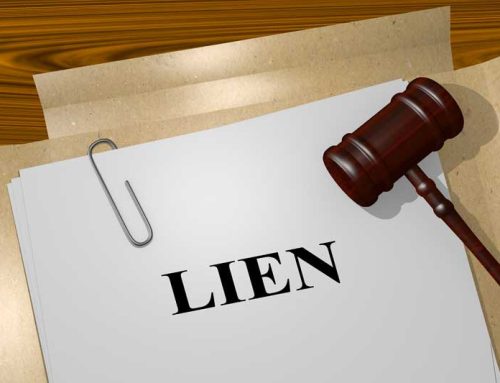Construction liens and litigation are two legal aspects that often go hand in hand in the construction industry. As a contractor or property owner, it’s crucial to have a deep understanding of these issues to protect your rights and interests. In this blog post, we will explore the basics of construction liens and the potential litigation that may follow.
First, let’s start with construction liens. A construction lien, also known as a mechanic’s lien, is a legal claim placed on a property by a contractor, subcontractor, or supplier who has provided labor, materials, or services but has not been paid. It serves as a security interest against the property, ensuring that those involved in the construction project receive the payment they are owed.
Construction liens are governed by state laws and may have distinct requirements and deadlines. Generally, the process entails filing a lien claim within a specified time frame, providing notice to the property owner, and sometimes even posting a bond. Failure to comply with these requirements can jeopardize the validity of the lien.
The primary purpose of a construction lien is to incentivize payment and ensure fairness in the construction process. If a contractor or supplier cannot obtain payment through traditional means (such as negotiation or mediation), they can pursue the enforcement of the lien through litigation.
Construction litigation can arise when disputes over payment, contract breaches, delays, or other issues occur. Parties involved may turn to the court system to seek resolution and protect their rights. Litigation can be a lengthy and costly process, involving documentation, evidence gathering, negotiation, and potentially trial proceedings.
When facing construction litigation, it’s vital to have a strong legal team by your side. Experienced construction law attorneys can help navigate the complexities of the legal system and advocate for your best interests. They can assist with filing and defending against construction liens, preparing and responding to legal documents, negotiating settlements, and representing you in court if necessary.
Both contractors and property owners should be aware of the potential consequences of construction liens and litigation. For contractors, filing a lien can result in a cloud on the property’s title, making it challenging for the owner to sell or refinance it until the lien is resolved. Conversely, property owners may face challenges securing financing or proceeding with their intended property use due to a lien. Litigation can also be financially burdensome and may delay project completion.
To mitigate the risk of construction liens and potential litigation, open and honest communication between the various parties involved in a construction project is key. Clear contracts, detailed documentation, and prompt payment can help prevent disputes from arising. It’s also wise to consult with legal professionals from the outset to ensure compliance with the relevant laws and minimize any potential legal issues.
In conclusion, construction liens and litigation are significant legal aspects of the construction industry. By understanding the basics, engaging in proactive communication, and seeking legal advice when needed, contractors and property owners can protect their rights and interests. With the right approach and legal guidance, construction projects can proceed smoothly and successfully.
Choose Lienguard for all lien needs and experience a streamlined, transparent, and secure lien waiver process. Embrace the power of Lienguard today and elevate your lien management to new heights!




